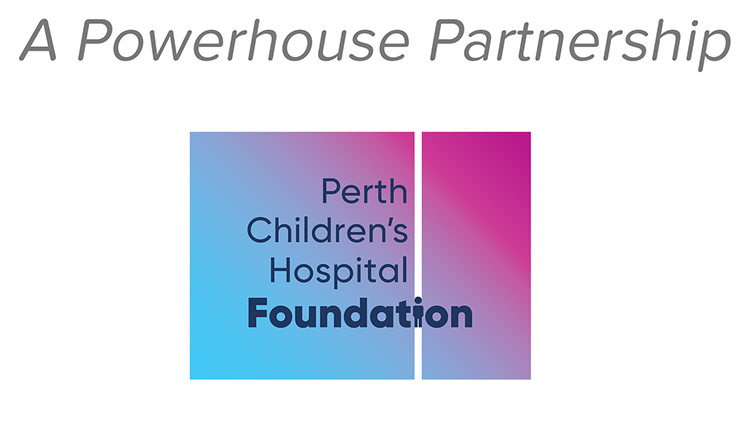An adapted novel flow cytometry methodology to delineate types of cell death in airway epithelial cells
Cystic fibrosis (CF) lung disease is characterized by neutrophilic airway inflammation associated with progressive airway remodeling which begins early in life, even in absence of bacterial infection [1]. In infants with CF, human rhinovirus (RV) is the most commonly detected virus [2] and while children with and without CF have similar rates of viral infection, the effects and clinical outcomes of these infections are more severe in those with CF [3]. The primary target of RV infection remains the airway epithelial cells (AEC), and although it is capable of infecting other cells types including monocytes and macrophages, preferentially replicates in the airway epithelium [4]. Replication of RV has been shown to be significantly increased in CF AEC when compared to non-CF AEC [5]. Of significance, is the observation that AEC from children with CF elicit a damped apoptotic response following infection compared to non-CF controls, even when normalized to viral load and overall epithelial cell death [5]. It has also been recently observed that the rhinovirus 3C protease disrupts the apoptotic response to RV infection through cleavage of receptor-interacting serine/threonine-protein kinase 1 (RIPK1), resulting in a necrosis-like phenotype of cell death.
Authors: Samuel T. Montgomery, Stephen M. Stick, Anthony Kicic
Discover. Prevent. Cure.



